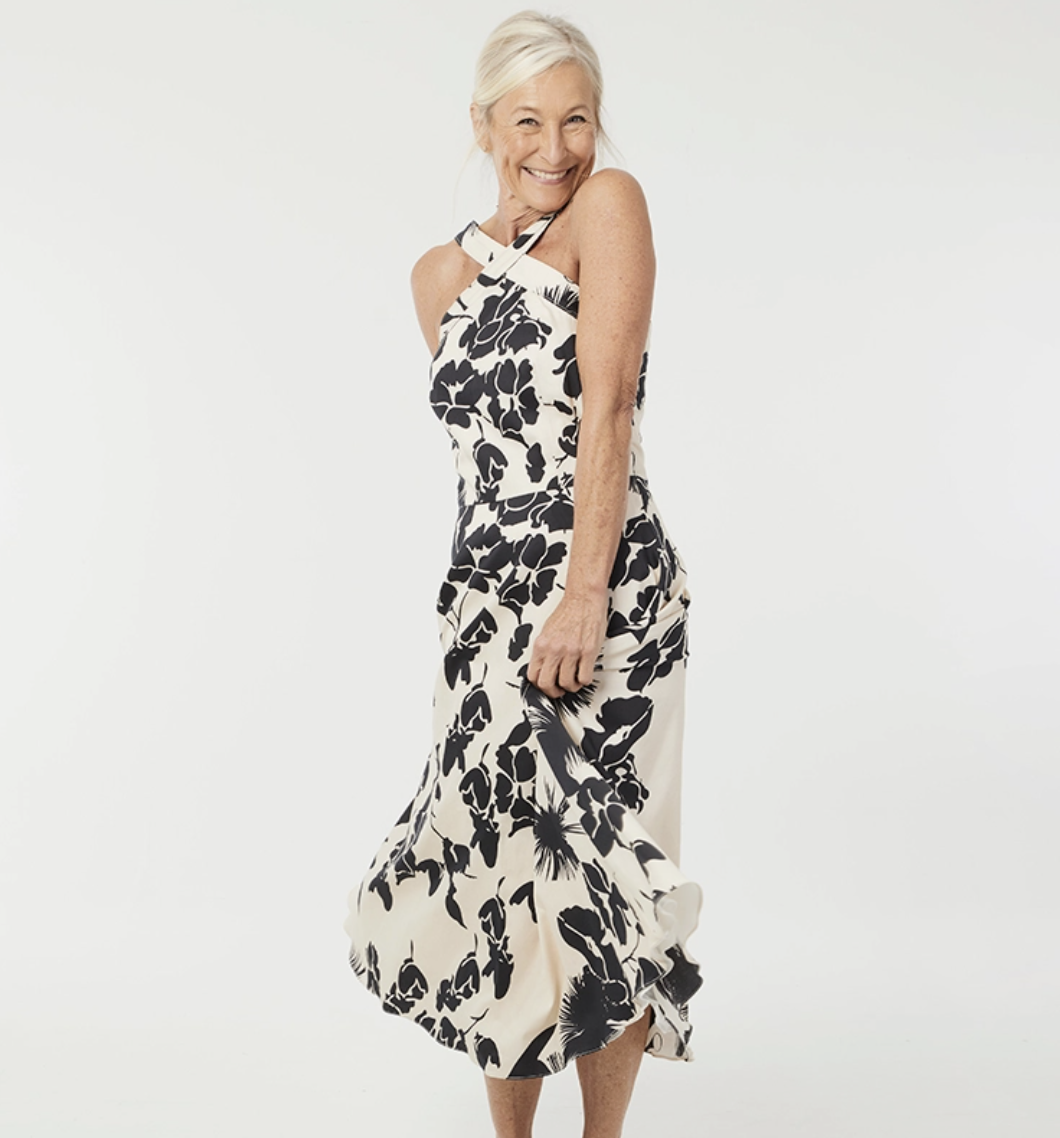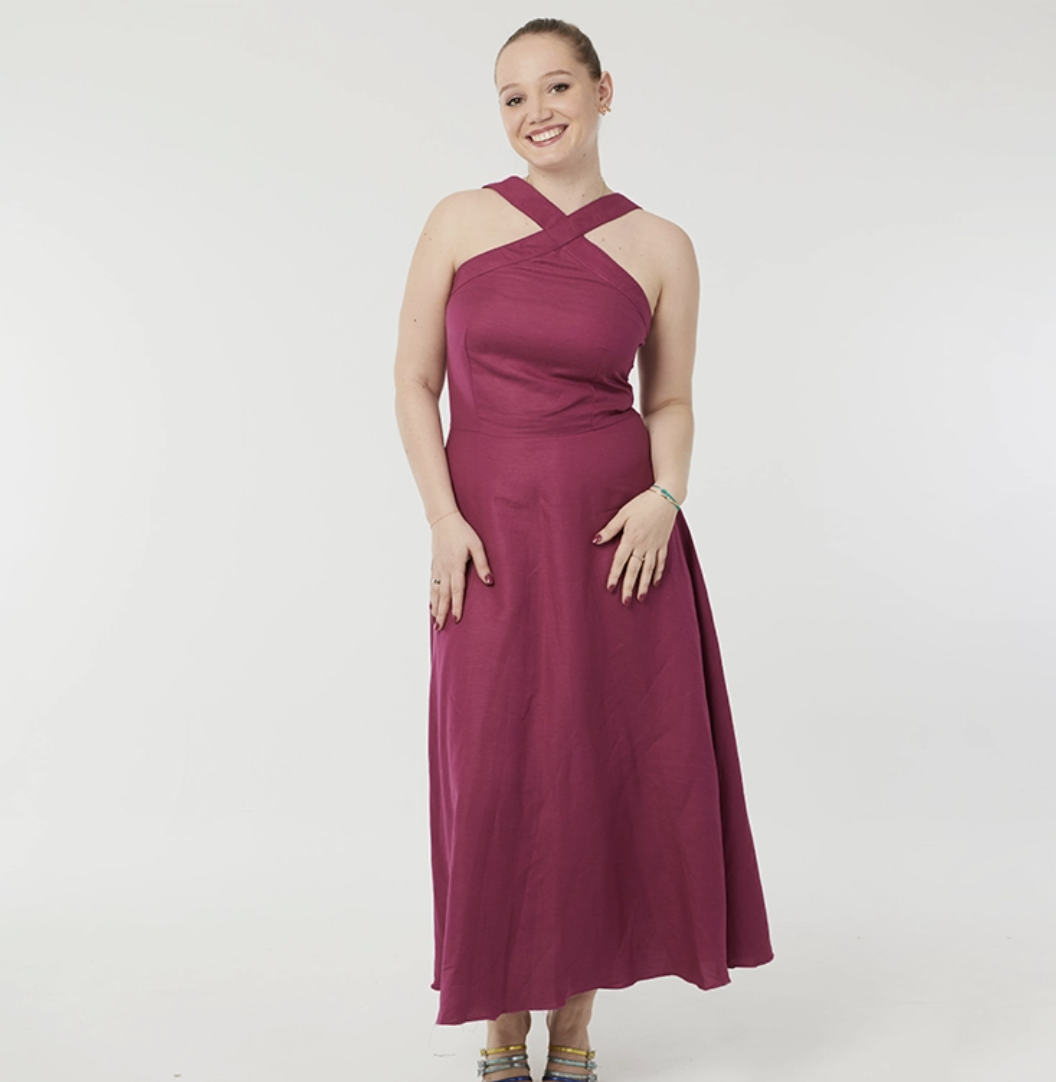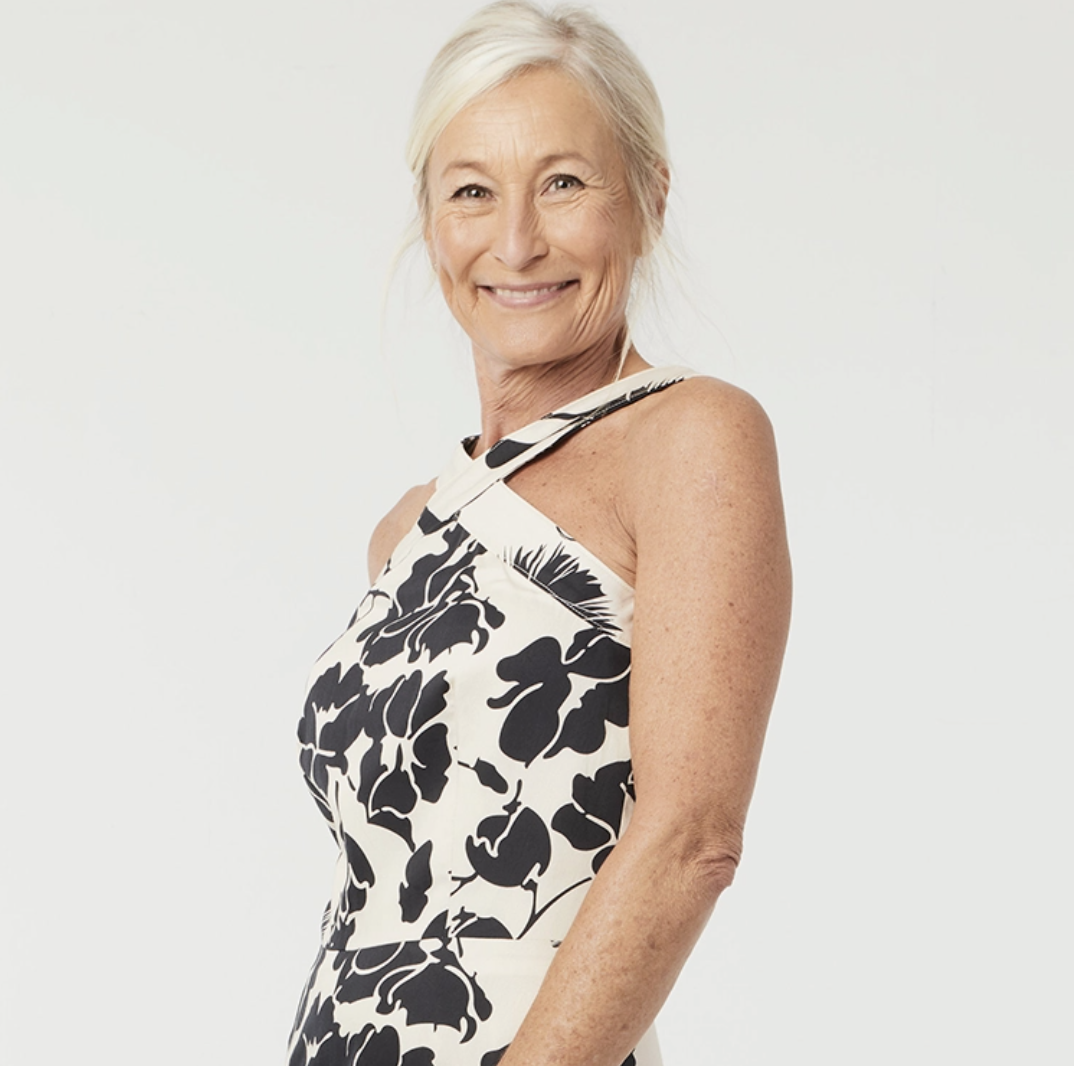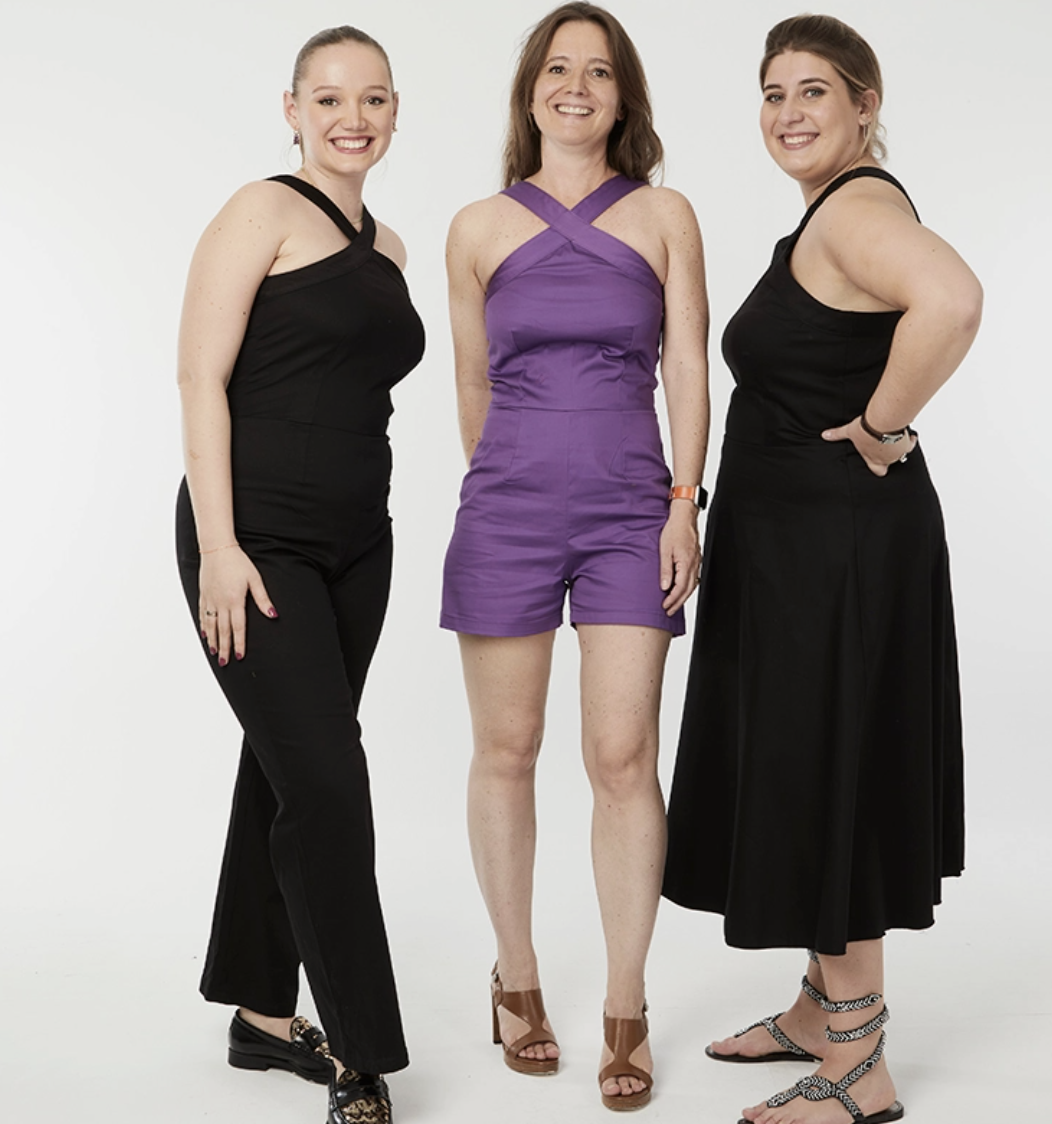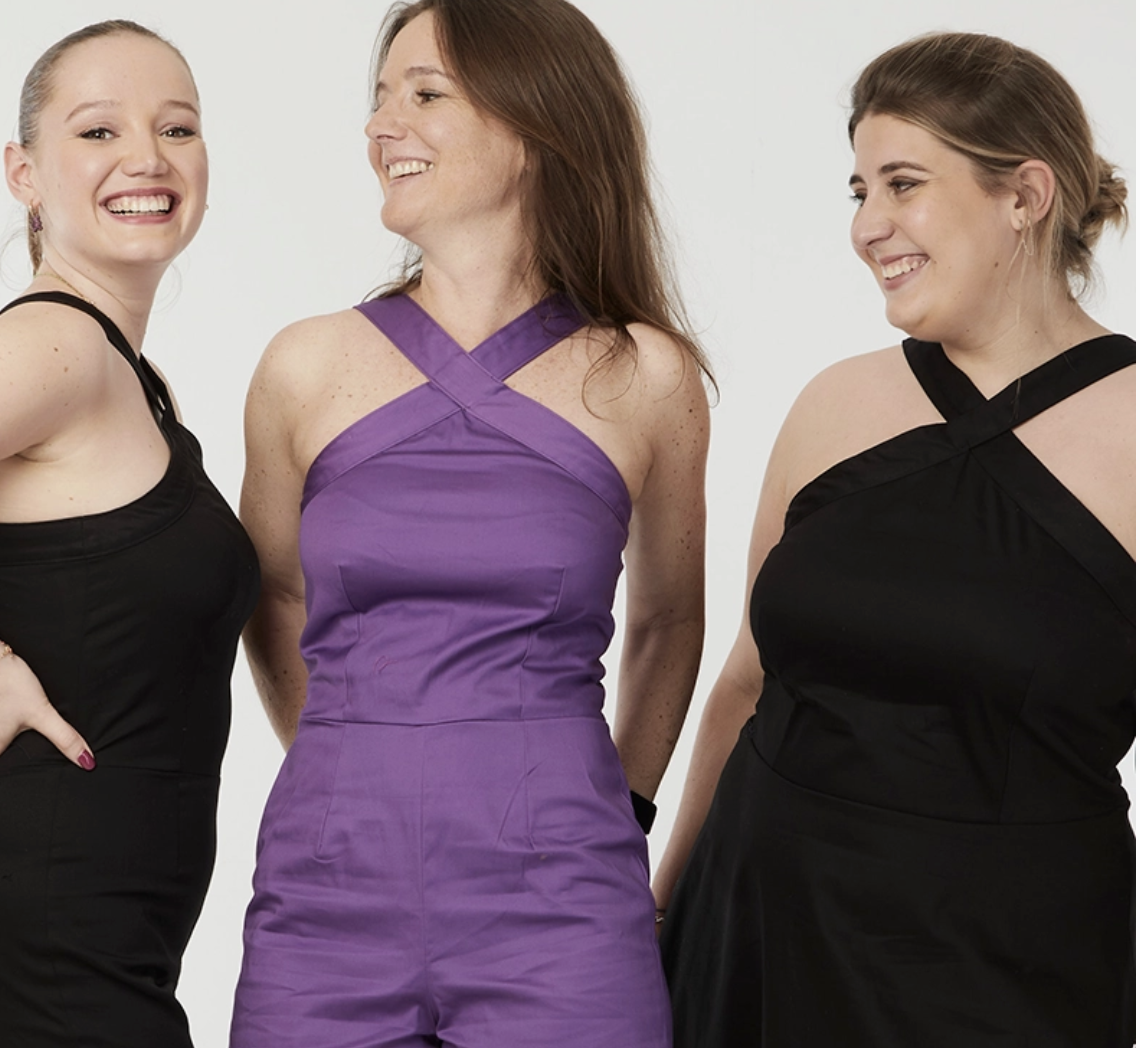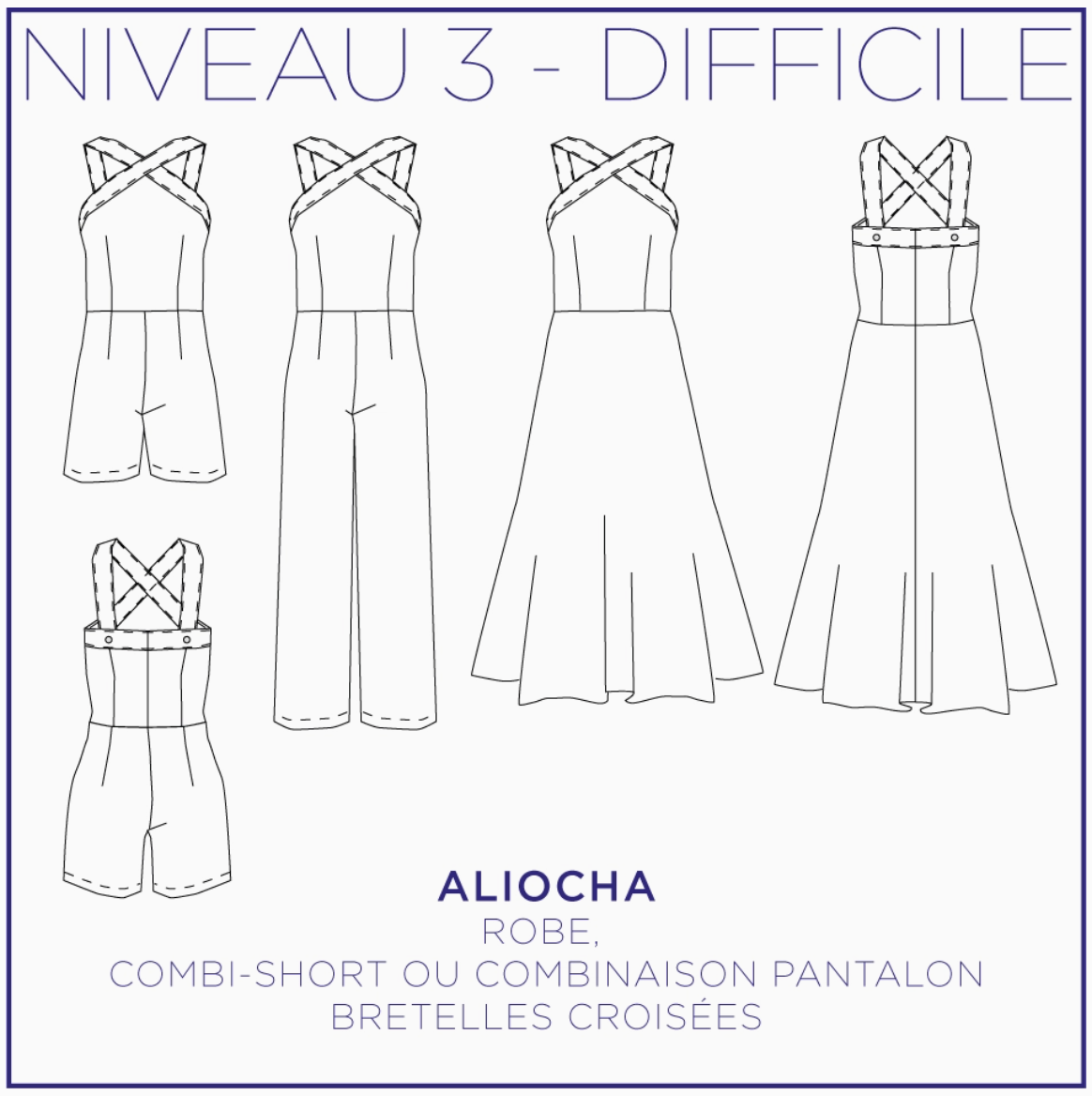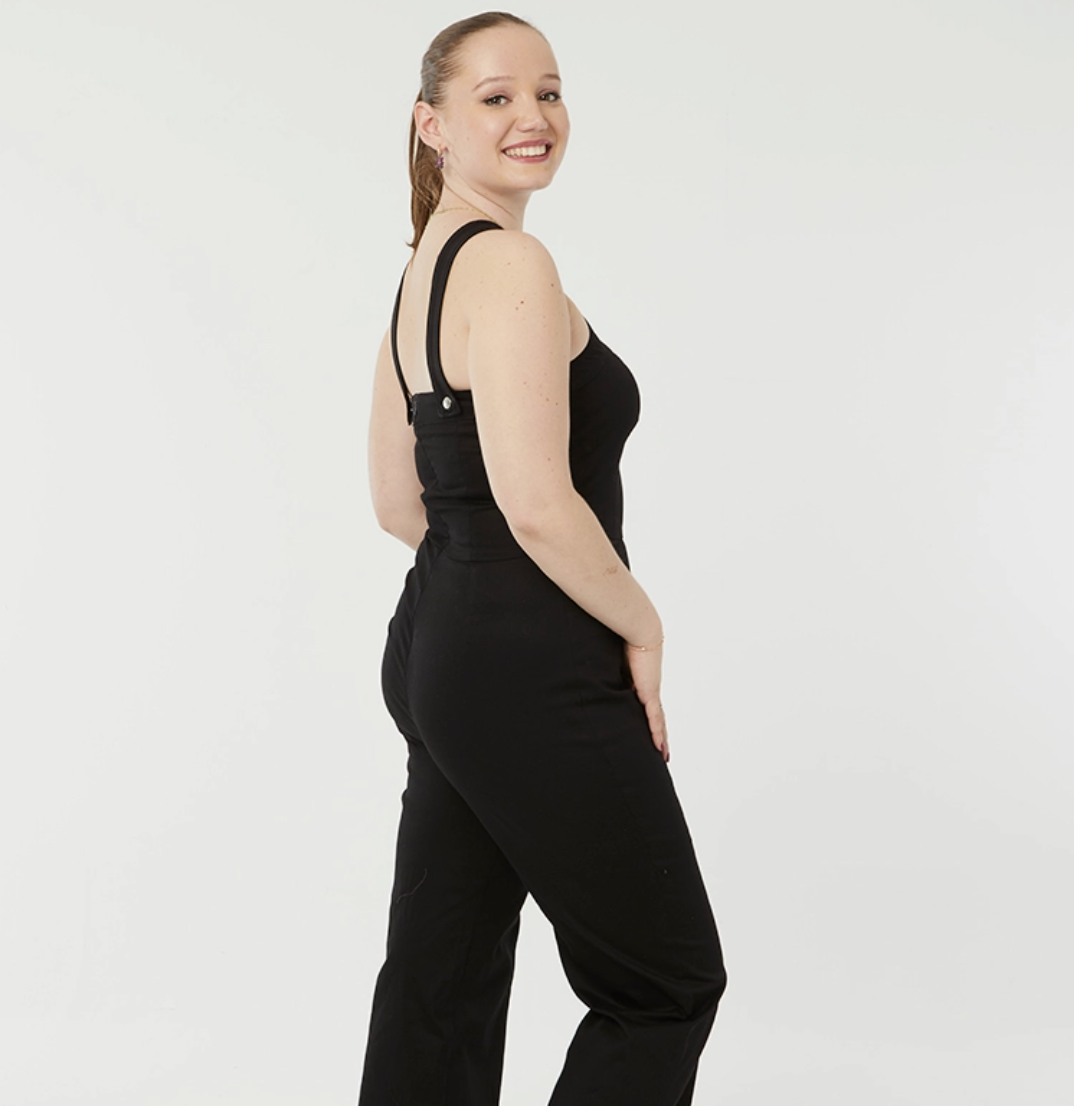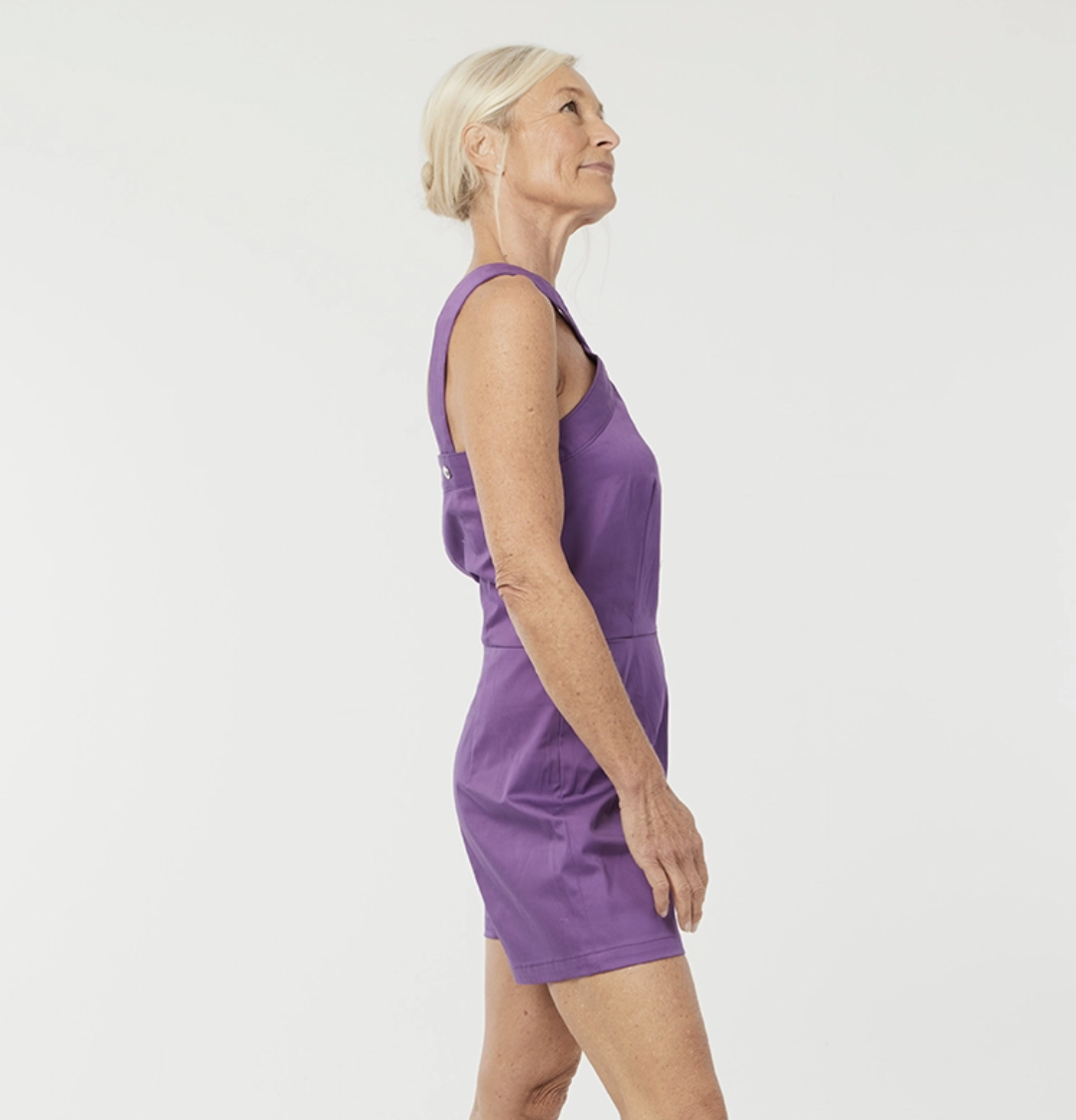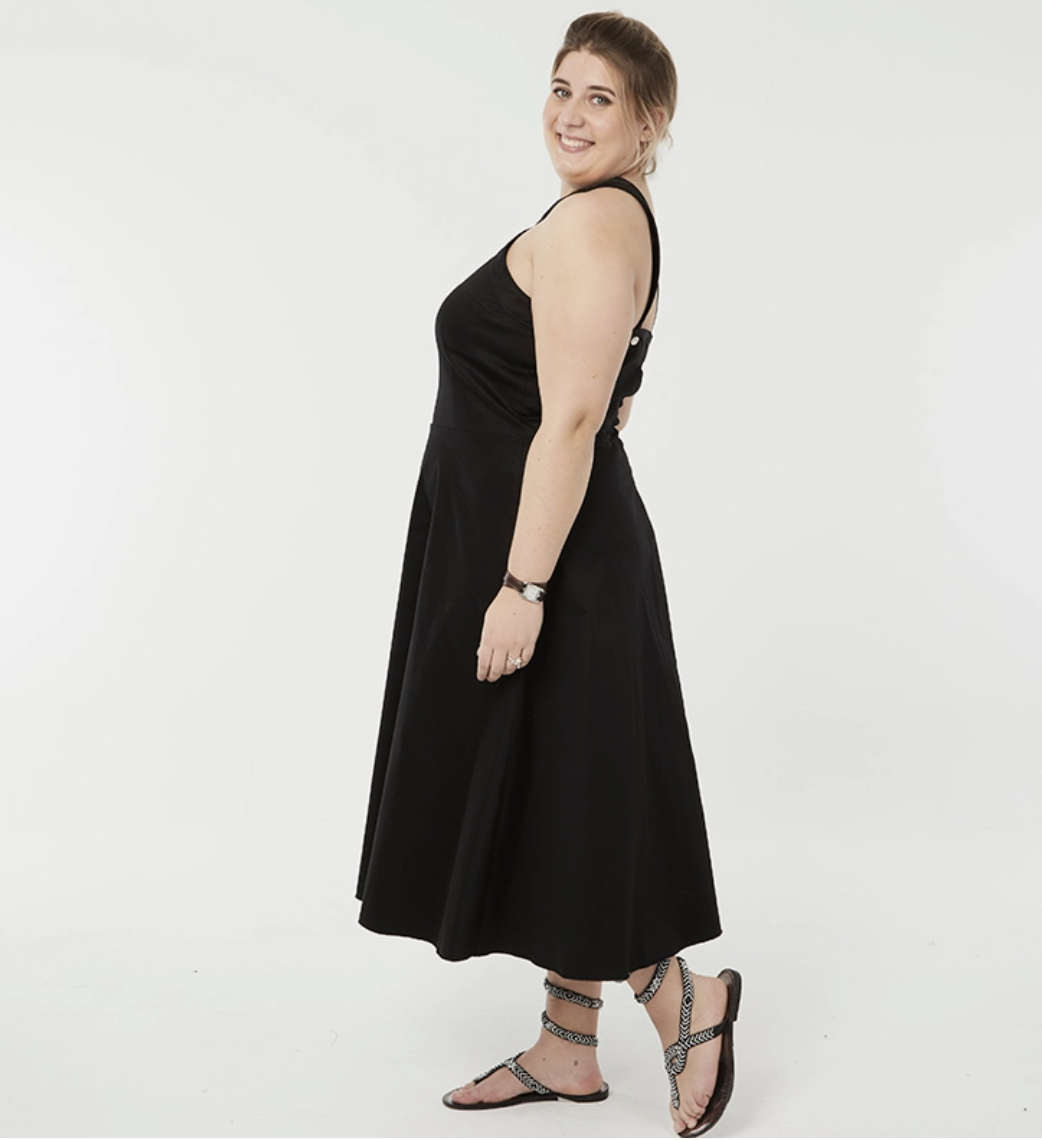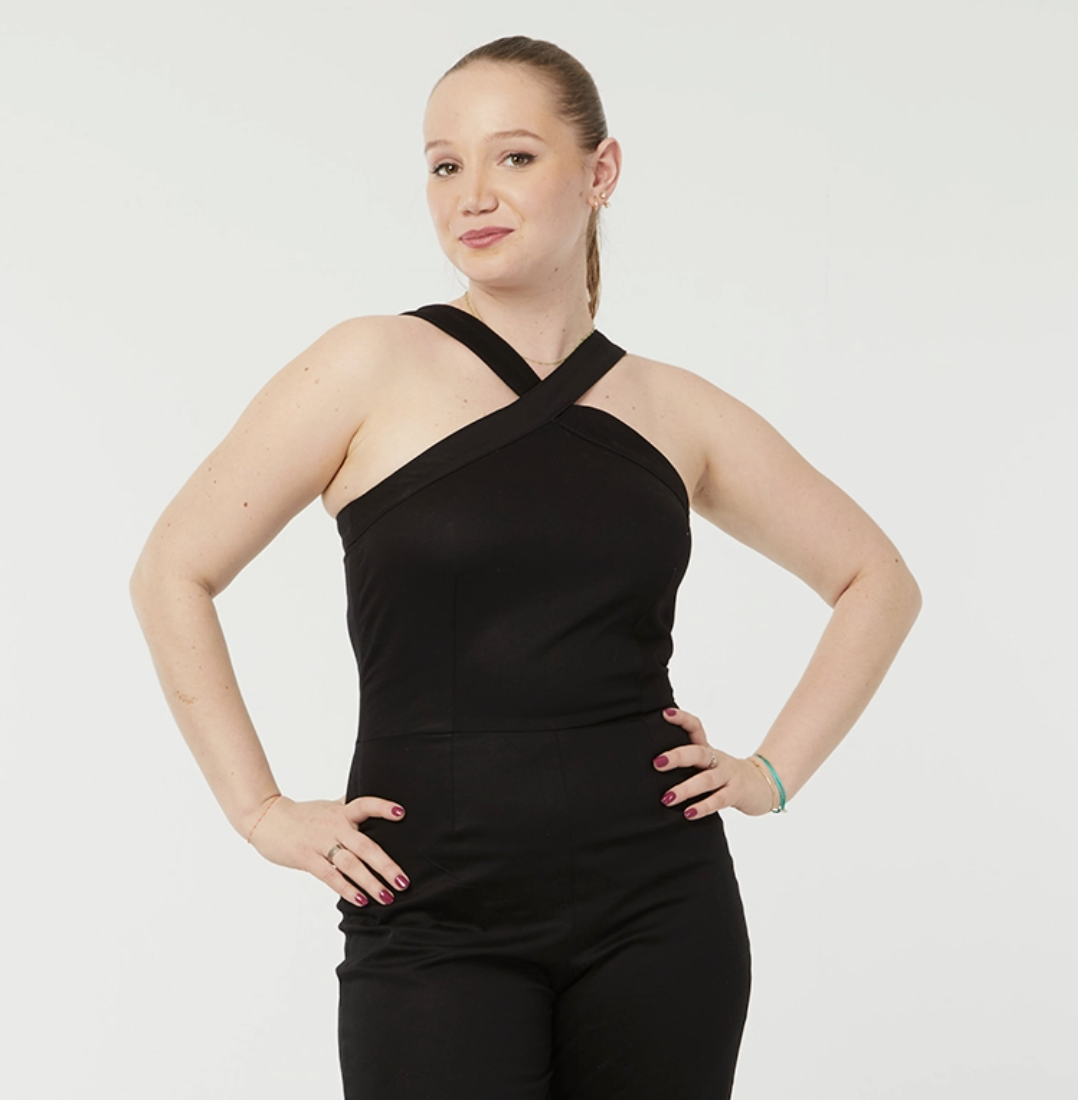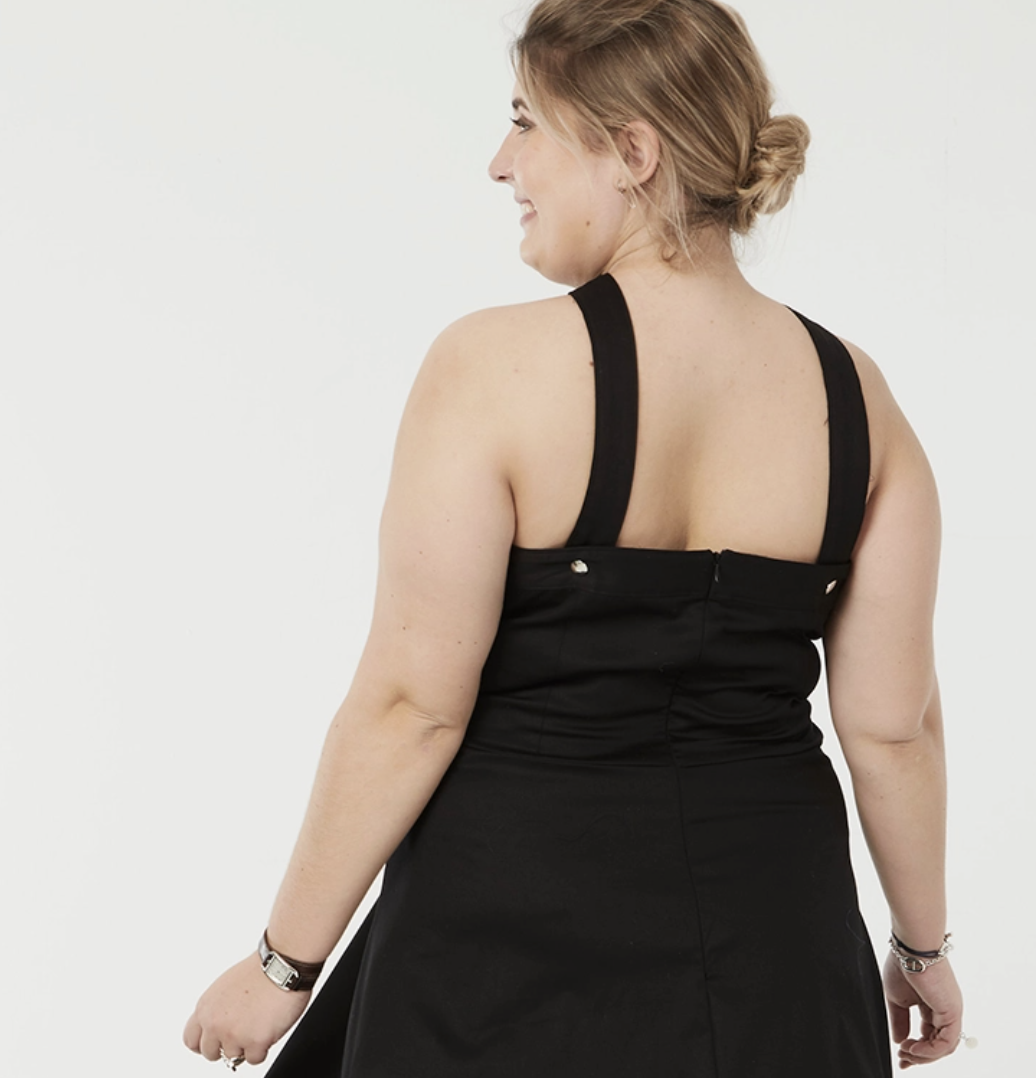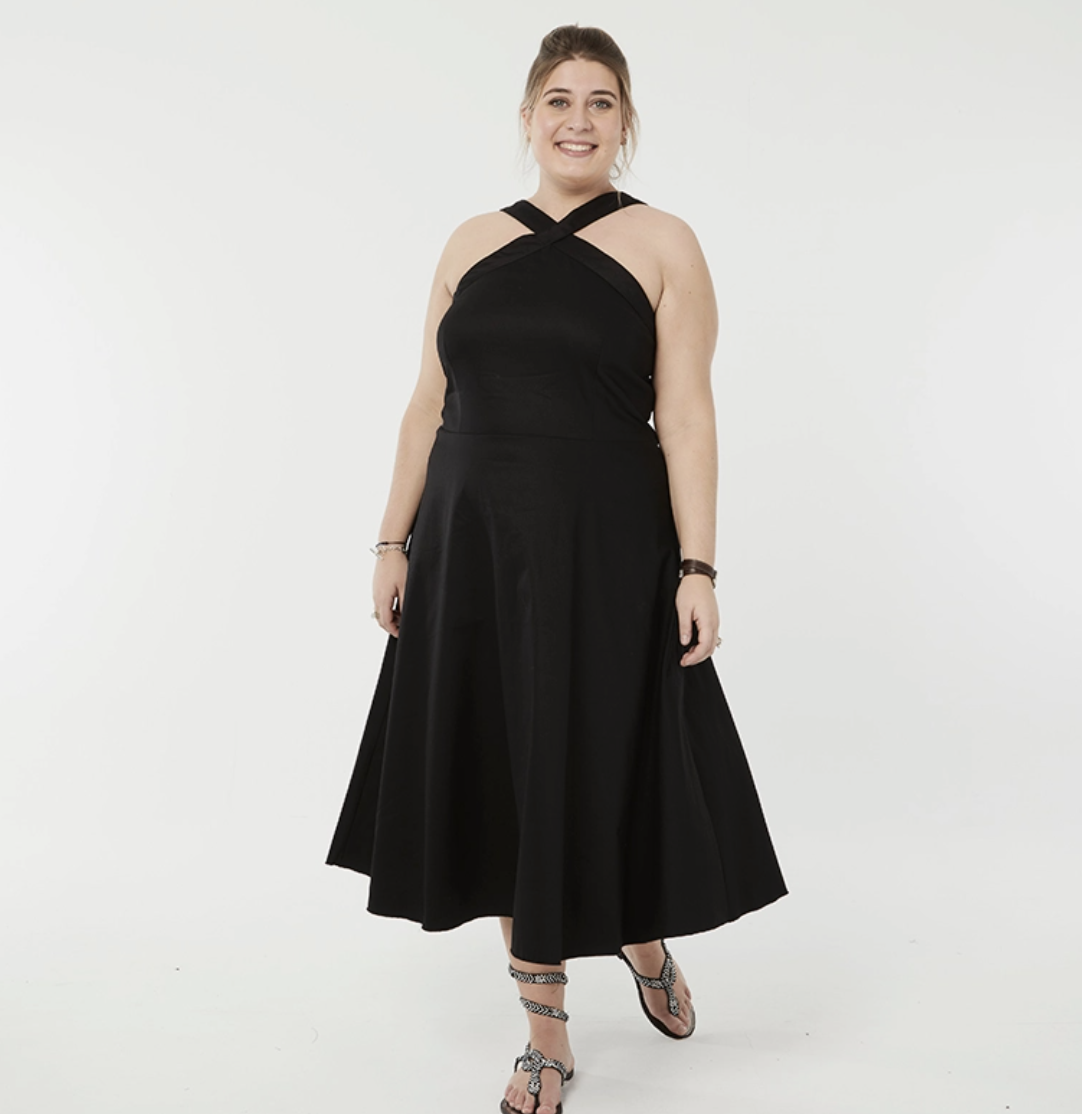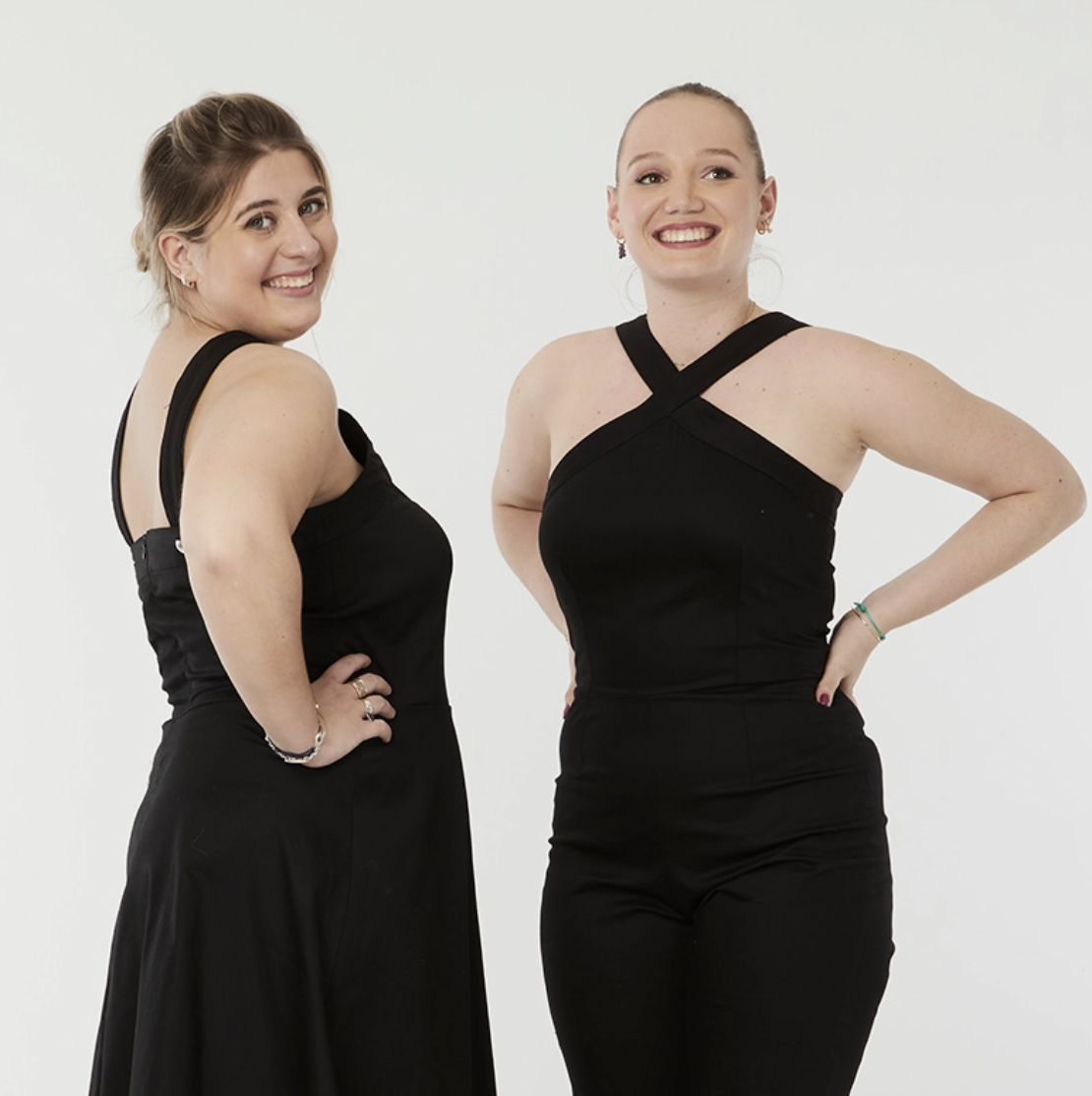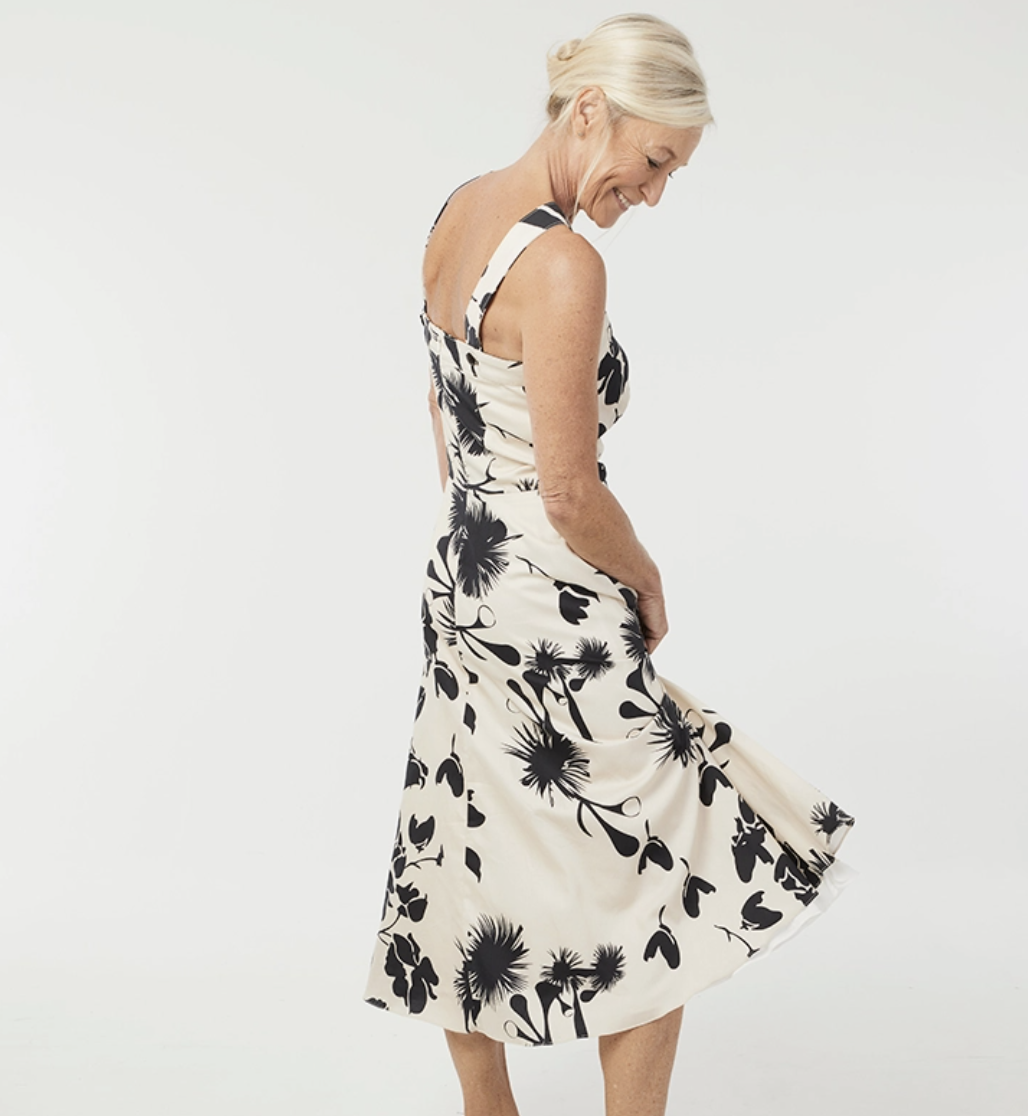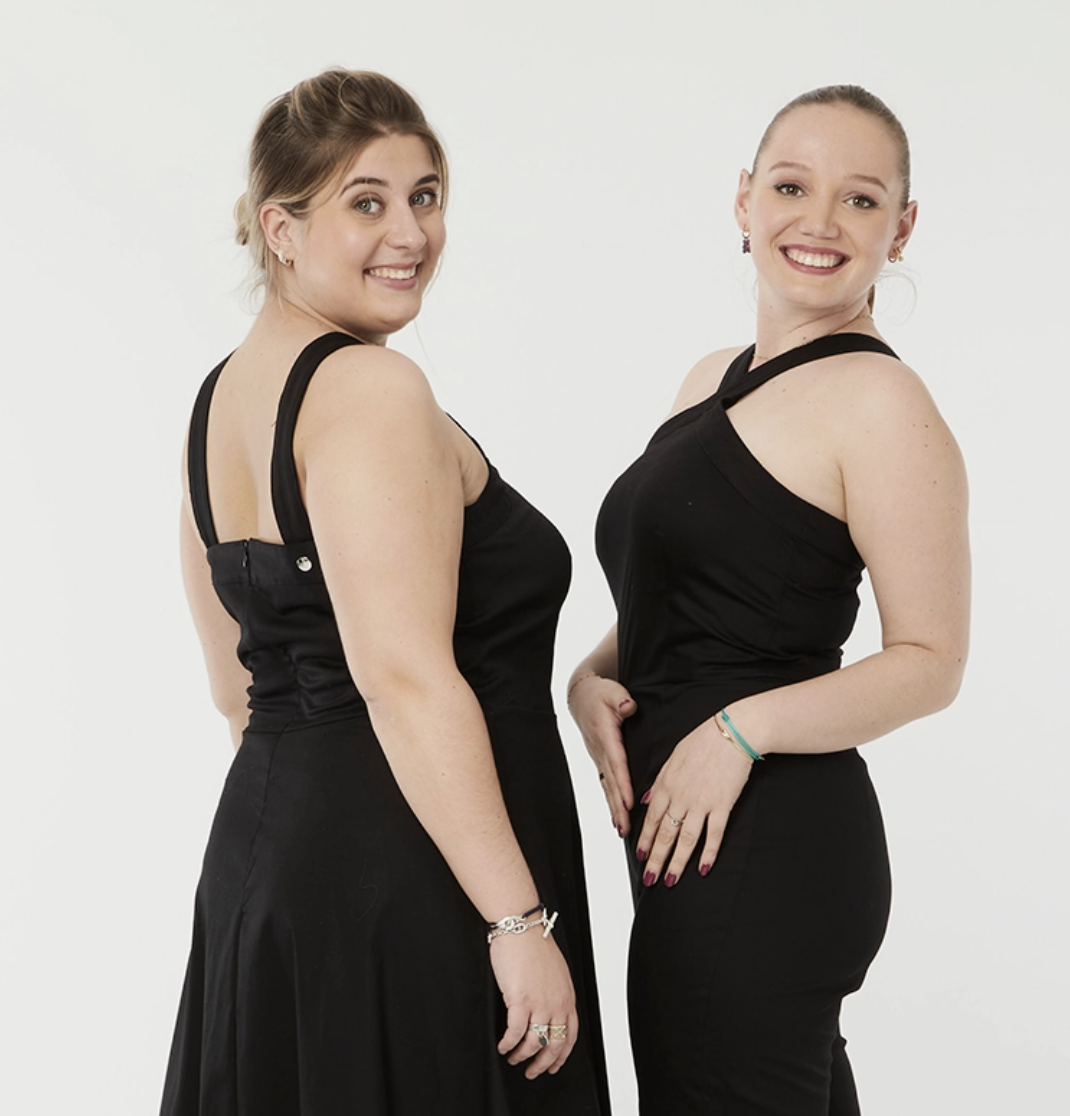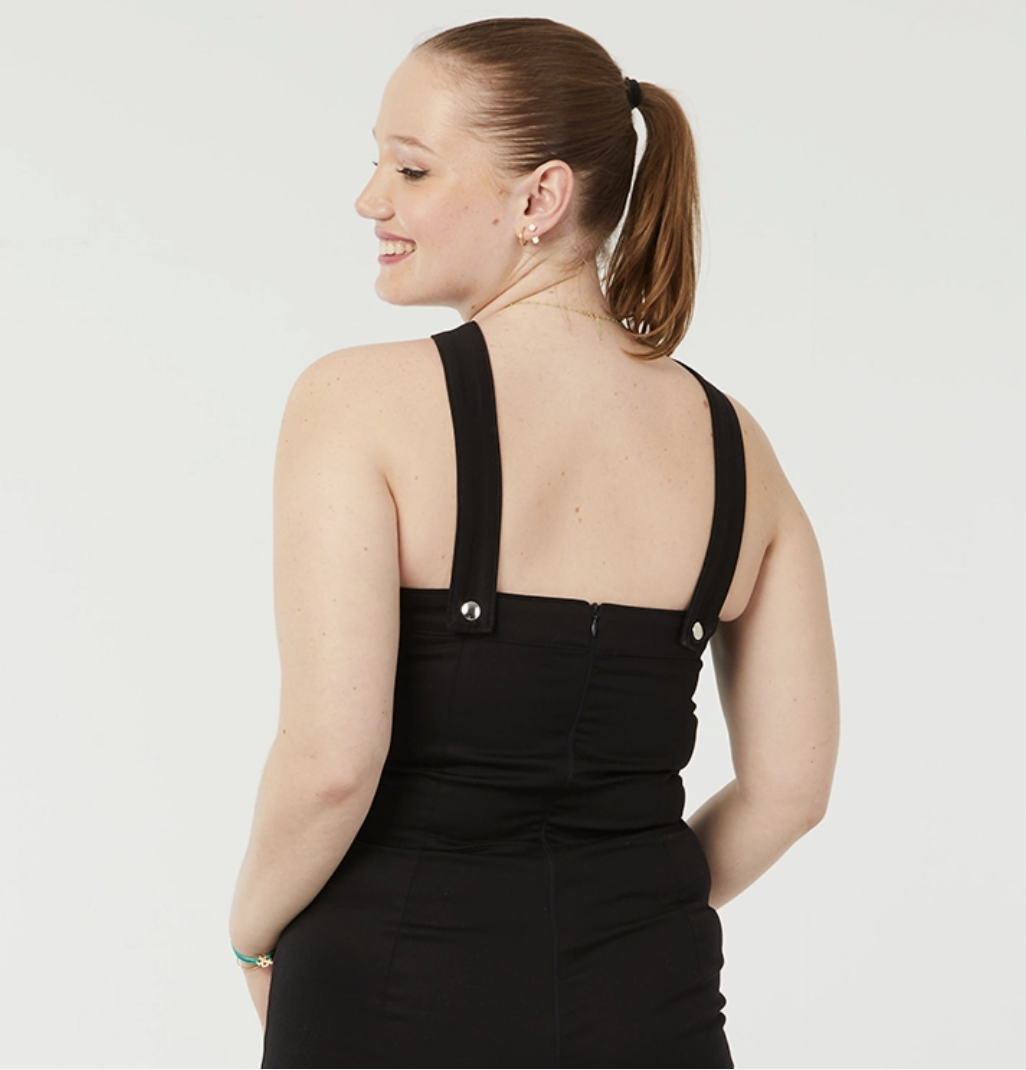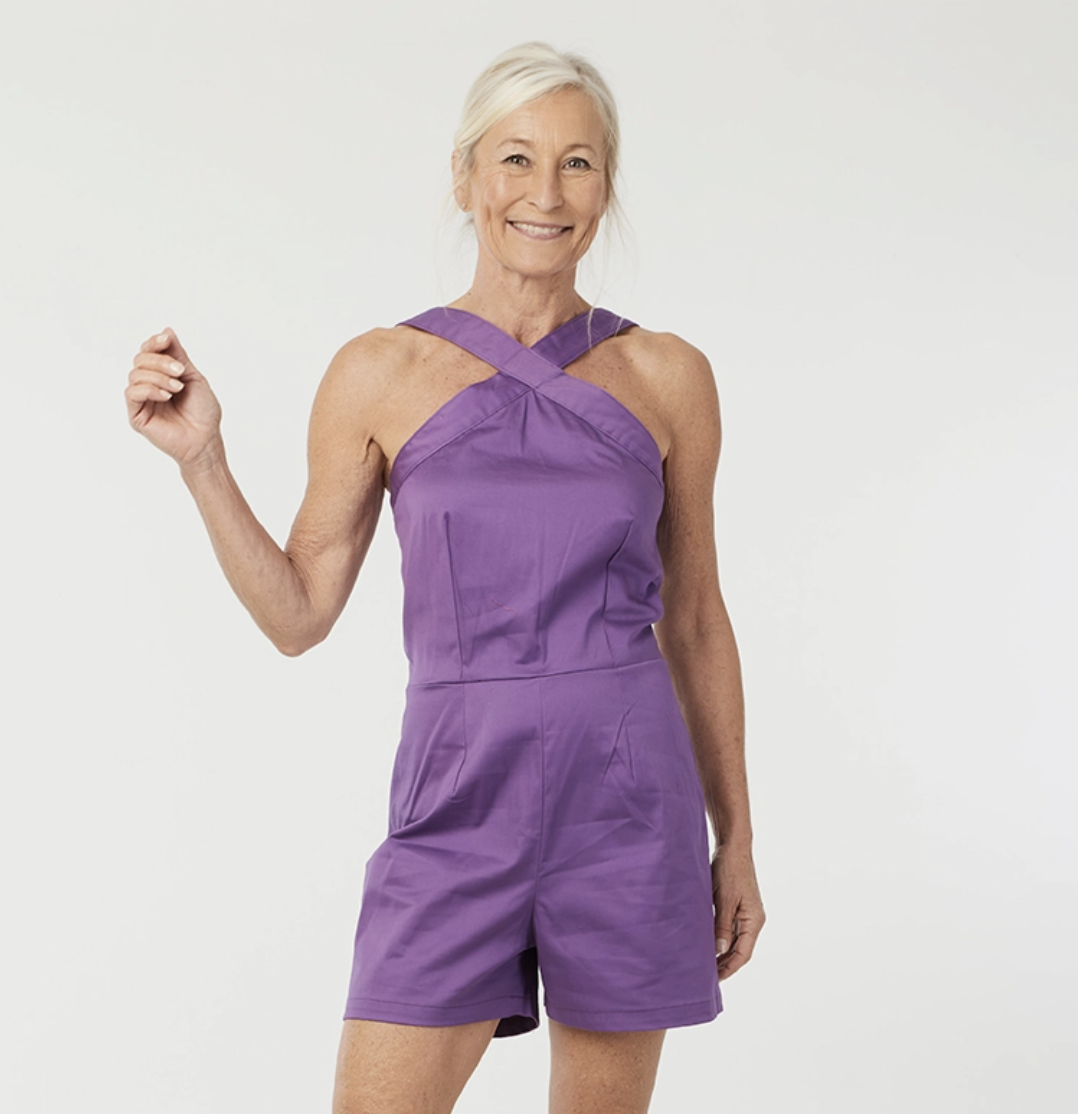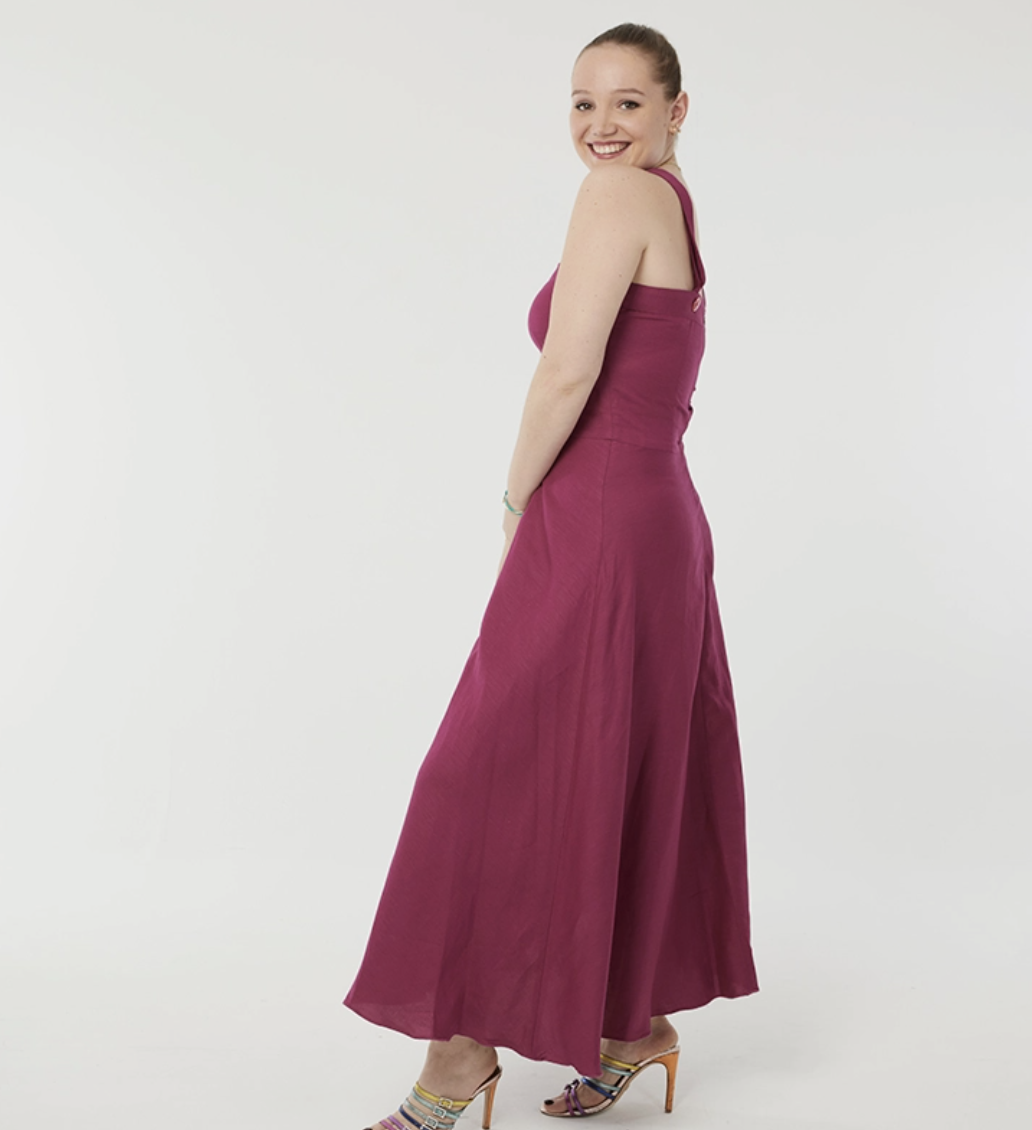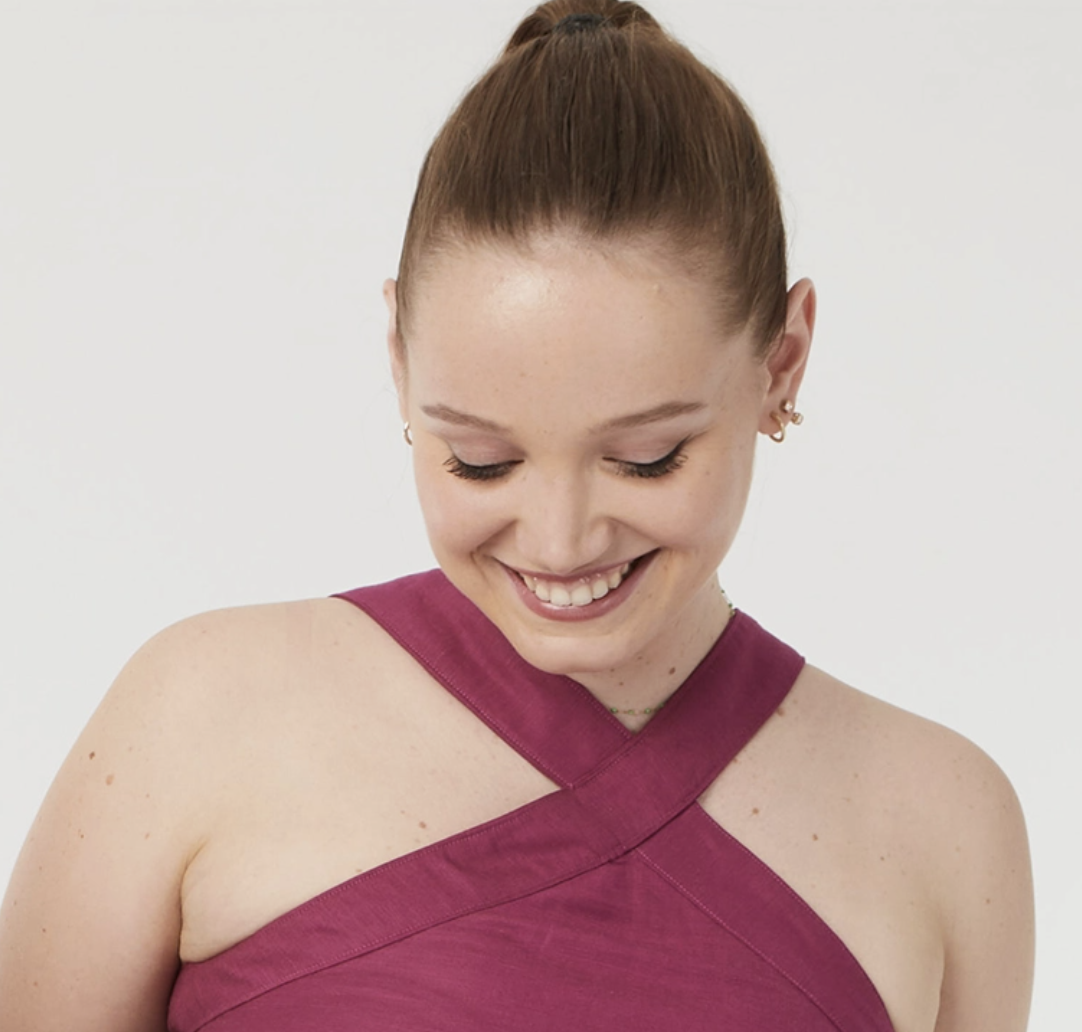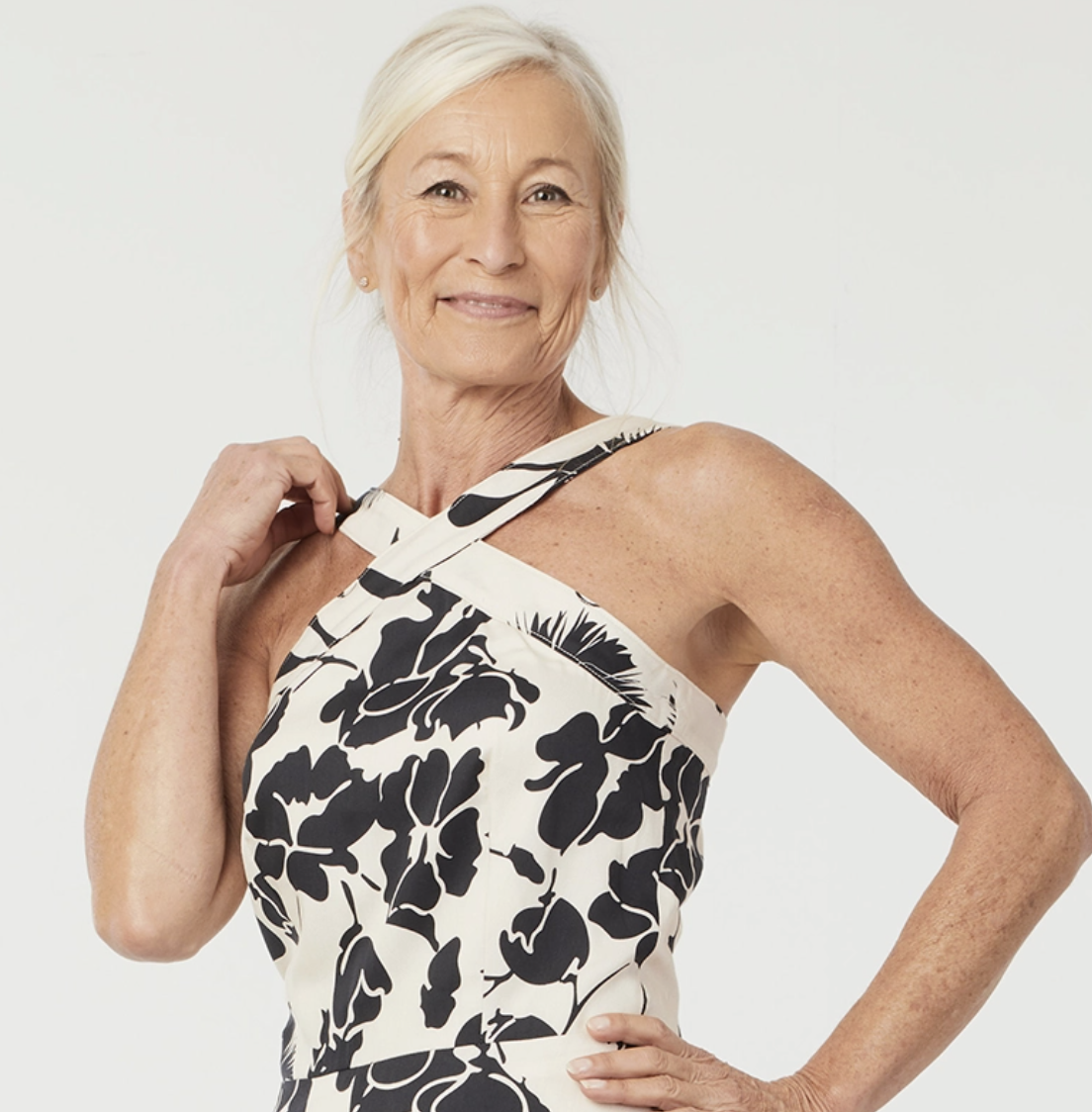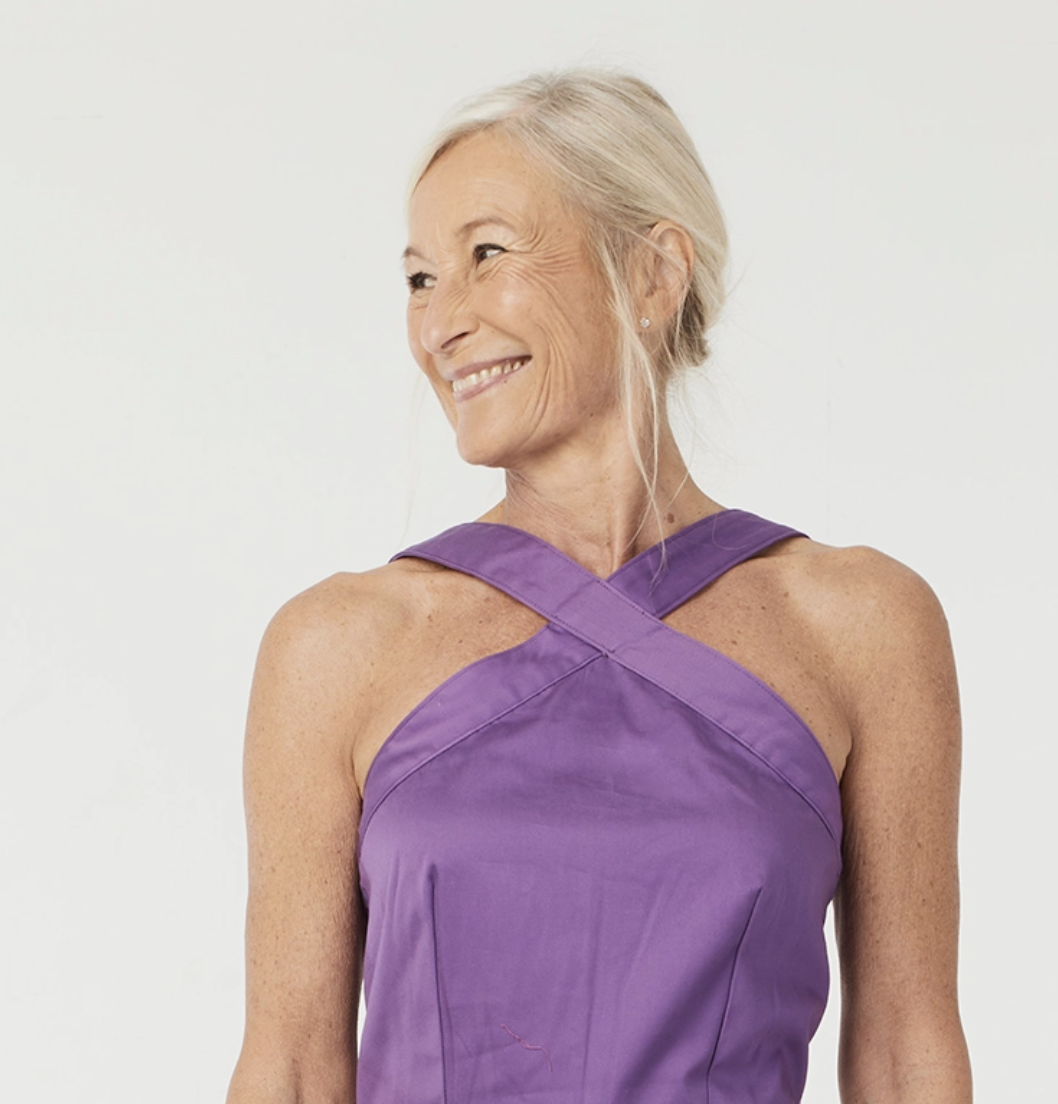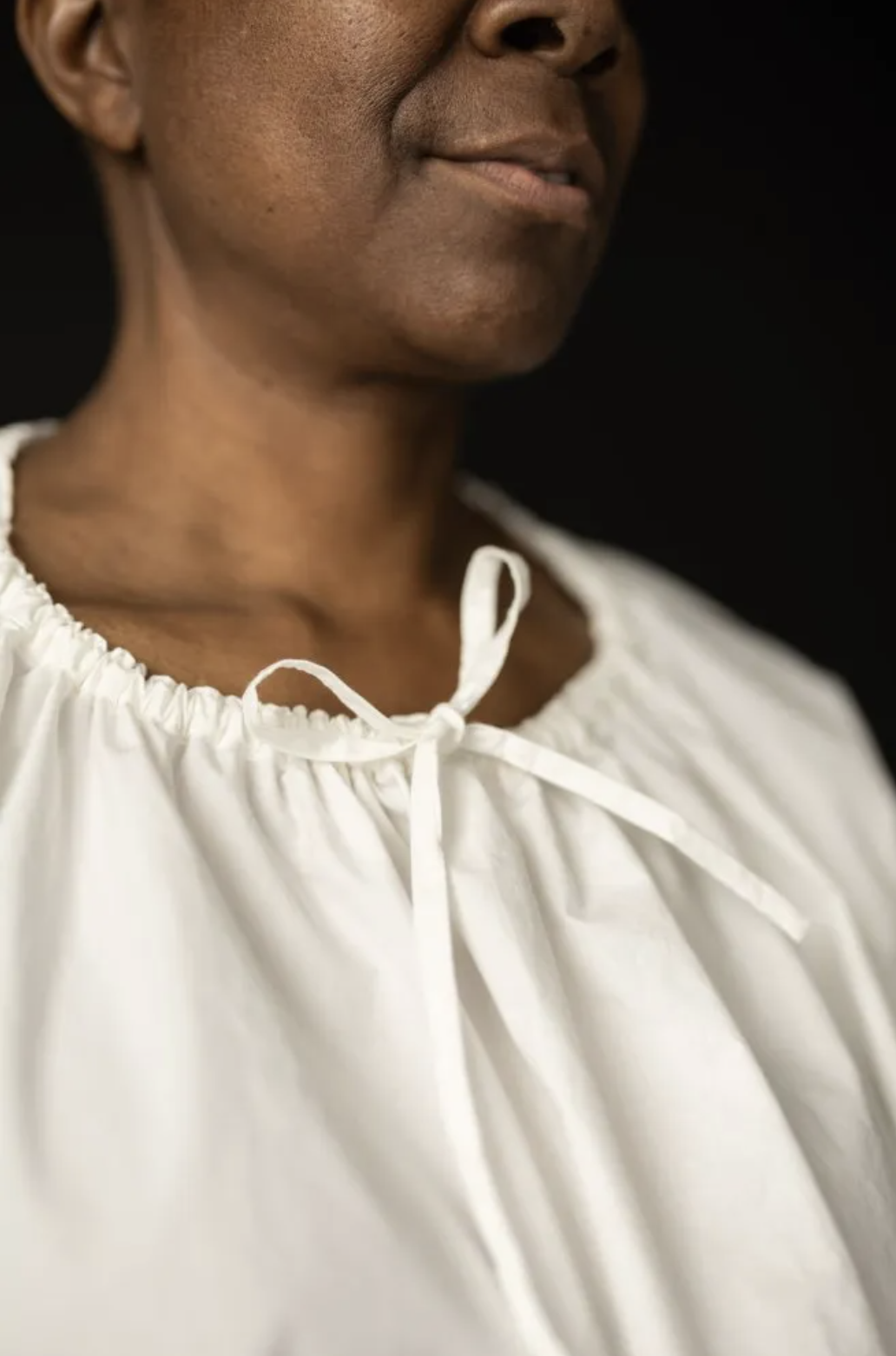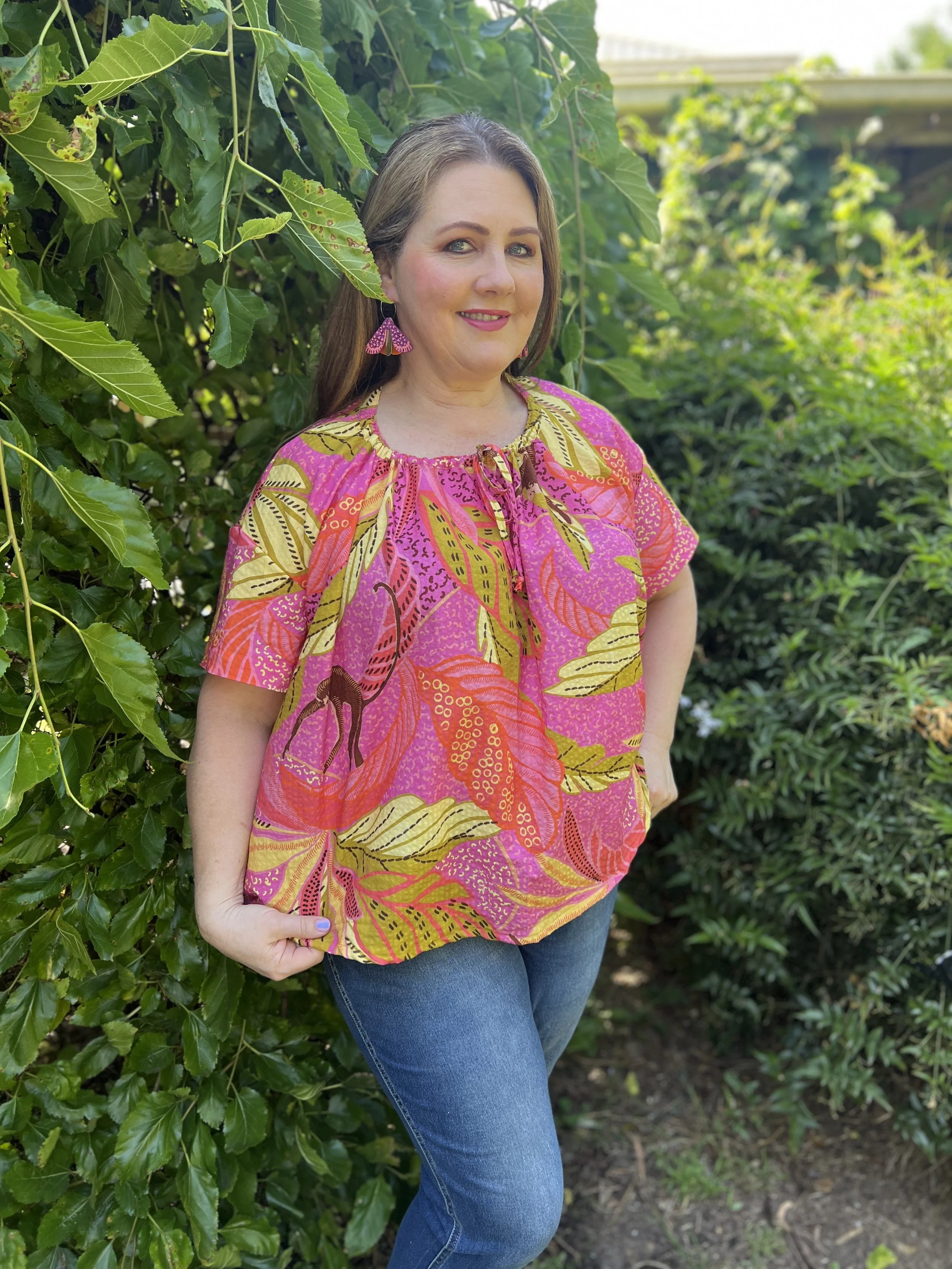 Image 1 of 8
Image 1 of 8

 Image 2 of 8
Image 2 of 8

 Image 3 of 8
Image 3 of 8

 Image 4 of 8
Image 4 of 8

 Image 5 of 8
Image 5 of 8

 Image 6 of 8
Image 6 of 8

 Image 7 of 8
Image 7 of 8

 Image 8 of 8
Image 8 of 8

Sew Liberated Studio Tunic Paper Pattern 0-34
The Studio Tunic is a pinafore-style tunic that takes layering to a whole new level.
The utilitarian stitching makes for a durable, wear-everywhere answer to your art-teacher-vibe dreams. With roomy pockets for all the treasures and tools you need in the kitchen, studio, garden or hiking trail, you’ll be hands-free and ready for adventure.
The deeper neckline and low armholes make layering over all types of tops, in all seasons, a breeze. It’s easy to layer over jeans, leggings, dresses, and skirts with the easy A-line silhouette, and the hem falls to mid thigh.
The pattern includes the option of V-neck or a deep rounded neckline.
Fabric and materials recommendations
For the Studio Tunic, we recommend a mid-weight woven fabric. Some wonderful choices are mid-weight linen and chambray, cotton twill, Essex linen or light canvas, in solids or prints.
The drape or hand of the fabric will significantly impact the look and fit of the final garment – softer fabrics like washed linen will fall gently for a relaxed, garden vibe, and more sturdy fabrics like light canvas or twill will enhance the oversized, utility look and the A-line silhouette. (If you choose a heavier weight fabric, you might want to use a lighter fabric for your facings to reduce bulk.) More confident sewists might choose a viscose-linen blend for a really luxurious texture.
Other Materials
0.75 yd (0.7 m) of lightweight fusible interfacing, either woven or non-woven. (An average width of interfacing is 20” (0.5 m).)
The Studio Tunic is a pinafore-style tunic that takes layering to a whole new level.
The utilitarian stitching makes for a durable, wear-everywhere answer to your art-teacher-vibe dreams. With roomy pockets for all the treasures and tools you need in the kitchen, studio, garden or hiking trail, you’ll be hands-free and ready for adventure.
The deeper neckline and low armholes make layering over all types of tops, in all seasons, a breeze. It’s easy to layer over jeans, leggings, dresses, and skirts with the easy A-line silhouette, and the hem falls to mid thigh.
The pattern includes the option of V-neck or a deep rounded neckline.
Fabric and materials recommendations
For the Studio Tunic, we recommend a mid-weight woven fabric. Some wonderful choices are mid-weight linen and chambray, cotton twill, Essex linen or light canvas, in solids or prints.
The drape or hand of the fabric will significantly impact the look and fit of the final garment – softer fabrics like washed linen will fall gently for a relaxed, garden vibe, and more sturdy fabrics like light canvas or twill will enhance the oversized, utility look and the A-line silhouette. (If you choose a heavier weight fabric, you might want to use a lighter fabric for your facings to reduce bulk.) More confident sewists might choose a viscose-linen blend for a really luxurious texture.
Other Materials
0.75 yd (0.7 m) of lightweight fusible interfacing, either woven or non-woven. (An average width of interfacing is 20” (0.5 m).)
The Studio Tunic is a pinafore-style tunic that takes layering to a whole new level.
The utilitarian stitching makes for a durable, wear-everywhere answer to your art-teacher-vibe dreams. With roomy pockets for all the treasures and tools you need in the kitchen, studio, garden or hiking trail, you’ll be hands-free and ready for adventure.
The deeper neckline and low armholes make layering over all types of tops, in all seasons, a breeze. It’s easy to layer over jeans, leggings, dresses, and skirts with the easy A-line silhouette, and the hem falls to mid thigh.
The pattern includes the option of V-neck or a deep rounded neckline.
Fabric and materials recommendations
For the Studio Tunic, we recommend a mid-weight woven fabric. Some wonderful choices are mid-weight linen and chambray, cotton twill, Essex linen or light canvas, in solids or prints.
The drape or hand of the fabric will significantly impact the look and fit of the final garment – softer fabrics like washed linen will fall gently for a relaxed, garden vibe, and more sturdy fabrics like light canvas or twill will enhance the oversized, utility look and the A-line silhouette. (If you choose a heavier weight fabric, you might want to use a lighter fabric for your facings to reduce bulk.) More confident sewists might choose a viscose-linen blend for a really luxurious texture.
Other Materials
0.75 yd (0.7 m) of lightweight fusible interfacing, either woven or non-woven. (An average width of interfacing is 20” (0.5 m).)

